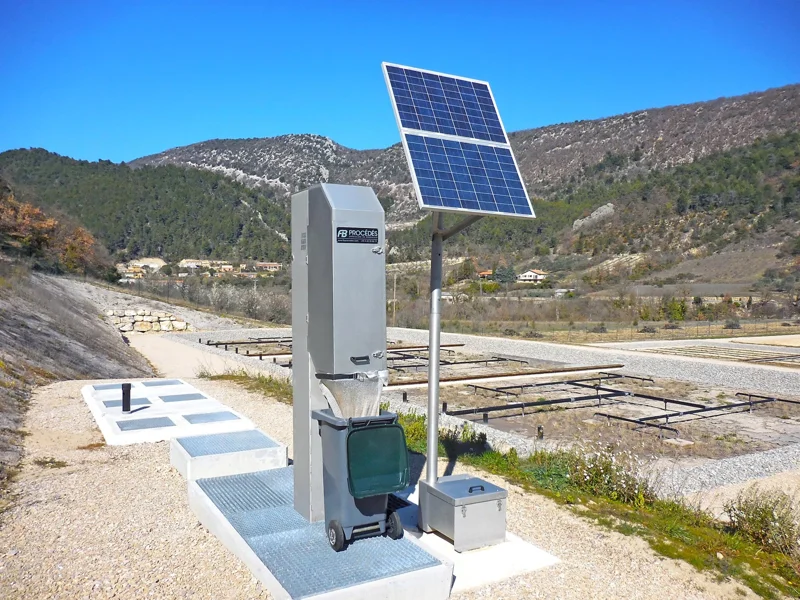Chinese scientists achieve new efficiency record in solar-to-hydrogen conversion
Researchers at Tianjin University in China have made significant progress in solar-powered hydrogen production by developing a semi-transparent photoanode that achieves a record solar-to-hydrogen conversion efficiency of 5.1 per cent, TV BRICS reports.

This advancement represents a key step towards scalable "artificial leaf" technology, which harnesses solar energy to split water into hydrogen and oxygen in an environmentally friendly manner.
The team, led by Professor Wang Tuo from the School of Chemical Engineering and Technology, tackled the limitations of unbiased solar water splitting systems that generate hydrogen without needing external voltage. Their novel photoanode, made from indium sulfide successfully balances the challenge of maintaining both conductivity and light transparency.
Wang explained that their semi-transparent design accelerates the water oxidation process while allowing more photons to reach the photocathode, reducing energy losses. The device surpassed the conventional 5 per cent efficiency benchmark, marking the highest performance for silicon photocathode systems paired with inorganic photoanodes.
Looking ahead, the researchers believe that with further refinement, this technology could lead to cost-effective and durable artificial leaves.
As reported previously, India has become the world’s third-largest producer of wind and solar power.
